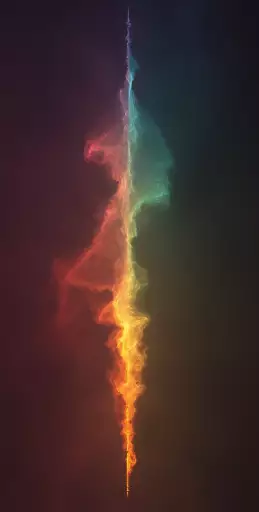Explore the Best AI Image Gallery

Pixels on Skin: Exploring the Impact of AI Images in Design
The creative industry is in constant flux, driven by emerging technologies that push the boundaries of whats possible. One such force reshaping design is Artificial Intelligence (AI), specifically its ability to generate images. From logos and website graphics to marketing materials and even artwork, AI image generation tools are proving to be both powerful and versatile.
A New Creative Playground
These AI-powered tools empower designers with a vast arsenal of possibilities. They can quickly generate diverse concepts, experiment with different styles, and iterate designs at an unprecedented pace. Imagine sketching out your ideas and then letting an AI refine them into polished visuals. This collaborative approach allows designers to focus on the conceptual aspects while leveraging AI for technical execution.
Applications Across Design Disciplines
- Logo and Branding: AI can generate unique logo concepts based on specific keywords, brand values, and target audiences.
- Website Design: Visuals for websites, including headers, banners, and page backgrounds, can be effortlessly generated, saving designers valuable time and effort.
- Marketing Materials: Brochures, flyers, social media graphics – AI can create eye-catching visuals to enhance marketing campaigns.
- Illustrations and Artwork: AI algorithms can produce stunning illustrations in various styles, from realistic to abstract, expanding the possibilities for artistic expression.
- User Interface (UI) Design: Prototyping and creating visual elements for apps and software interfaces become streamlined with AI assistance.
Ethical Considerations: Navigating Uncharted Territory
As with any powerful technology, the rise of AI image generation raises ethical concerns. Some key considerations include:
- Copyright and Ownership: Who owns the rights to AI-generated images? The creator who inputs the prompts, the developer of the AI tool, or the AI itself?
- Bias and Representation: AI models are trained on existing data, which can perpetuate biases present in society. Its crucial to ensure that AI-generated images are inclusive and representative of diverse cultures and perspectives.
- Misinformation and Deepfakes: The ability to create realistic images raises concerns about the potential for misuse, such as generating fake news or manipulating public perception.
The Future of Design: A Collaborative Landscape
AI image generation is not meant to replace human designers but rather to augment their capabilities. The future likely holds a collaborative landscape where AI tools empower designers to work more efficiently, explore new creative avenues, and bring innovative ideas to life.
As we navigate this evolving terrain, its essential to foster open discussions about the ethical implications of AI in design. By embracing responsible development and use, we can harness the power of AI to unlock new possibilities for creativity and innovation while ensuring a future where technology serves humanity.



](https://images.ai-img.art/thumbnails/150/f9584153b4cddd8c9fab611dc10247549b275c59bc173251e37d0935874f9deb.webp)
](https://images.ai-img.art/thumbnails/150/bddf3ae4a232290858389b933c866ad3be429ef2e25c23a9f4d7713ed6e44d0b.webp)





](https://images.ai-img.art/thumbnails/150/008b5d5d49667cc2e93a5f8a8adfaa545963da99c39ff0901f5296294636400d.webp)



](https://images.ai-img.art/thumbnails/150/4289d1230b86a96c4d556636c3167bed0ef38f850826549517e4e45db4d87bf7.webp)



](https://images.ai-img.art/thumbnails/150/c2c9c48b38fae37f0a457b80b084ed01ba803810fc8f488c8f610c03abc74049.webp)


](https://images.ai-img.art/thumbnails/150/f67d9af3398150f2ab1bcf250717fea134275e2ca896252b54a4d9bb3719f9ac.webp)



















